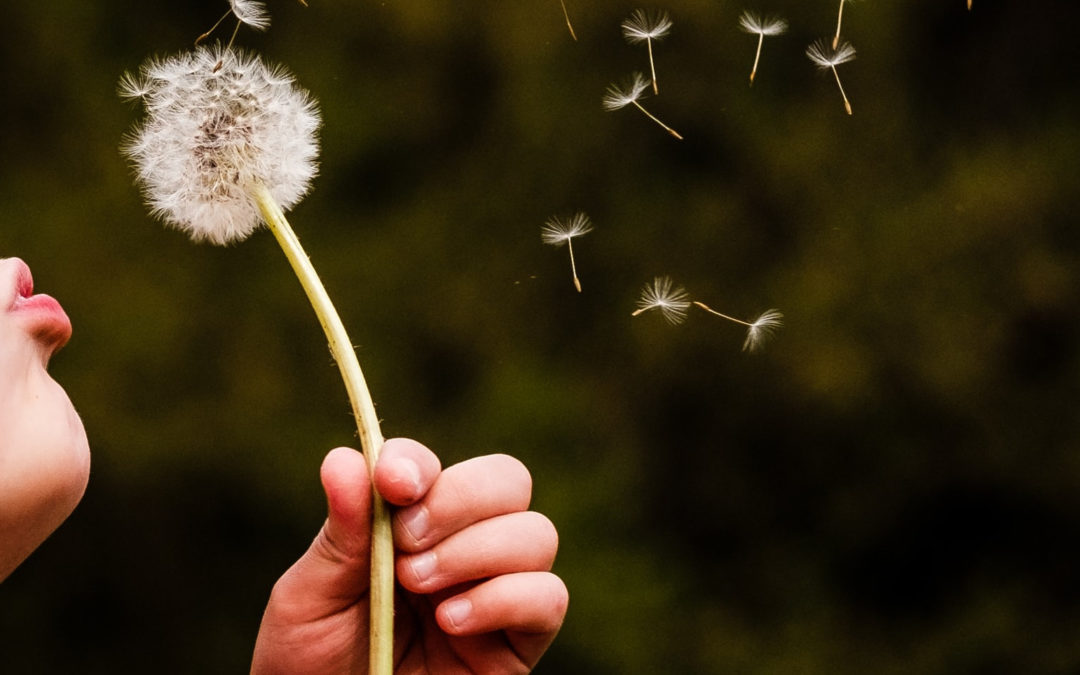Facts and benefits of dandelions.
(Taraxacum officinalis)
- Dandelions are part of the same family as sunflowers.
- They derive their name from the french term ‘dent de lion’, translated – ’tooth of the lion’.
- Dandelions are perennial, herbaceous plants that grow best in moist, sunny areas.
- Every part of a dandelion is edible, from root to flower, and highly nutritious, loaded with vitamins, minerals and fibre.
- Dandelions contain 112% daily value of vitamin A and 535% daily value for vitamin K.
- Dandelion greens can be eaten cooked or raw, and serve as an excellent source of vitamins A, C and K. They also contain vitamin E, folate and small amounts of other B vitamins.
- They present with a rosette of leaves and large bright yellow flowers followed by globular heads of seeds with downy tufts and exudes a milky latex when damaged.
- They may be considered a nuisance in parts of the garden, especially in weed-free lawns but have many herbal uses and are also a good source of nectar and pollen for insects so worth tolerating where possible.
Dandelions have been carried from place to place since before written history. They are classed as plants native to Europe and Asia. The earliest recordings can be found in Roman times and use has been noted by the Anglo Saxon tribes of Britain and the Normans of France. In the tenth and eleventh centuries there is mention of dandelions used for medicinal purposes in the work of Arabian physicians.
Dandelions have been established in the Americas, Australia and New Zealand and many other temperate climates, eg, Austria Italy, Poland, Turkey and throughout the U.S.
India for example has largely cultivated the plant to use as a remedy for liver problems.
The reasons why dandelion have become established in places with favourable conditions is because the cultivation of this plant was intended for medicine, food and wine.
Dandelions have many uses. They can be used as a diuretic.
The blanched leaves can be added to salads and the roots are used to make dandelion “coffee” and dandelion wine is made from the flowers.
They can become a problem and looked at as a persistent weed.
The seeds remain viable in seed banks for many years.
Up until the 1800’s dandelions were seen as extremely beneficial. They were often planted as lawns.
Dandelion seeds are designed to travel. Some will be carried long distances by the wind. They can use their hooks and burrs to attach to animal fur and the animal carries them away. Or the animal can eat the seed and carry it until next time the animal poops. Seeds can fall into water and be carried along until they hit land.
I have used the seeds of the dandelion image as my logo. I imagine the seeds of the flower, as seeds of knowledge and action, being taken by the wind and deposited in different places. Where there is a nurturing environment and all the requirements the seeds need they will blossom into thriving plants. Just like we can do if we nurture ourselves and set up the right environment in which we can thrive.
How to set up this environment? Incorporating all factors of lifestyle in a nurturing and supportive way – starting with food but also including work environment, jobs and careers, relationships, joy, creativity, social life, home environment, home cooking, physical activity, health, education, finances
Reference Links
https://www.healthline.com/nutrition/dandelion-benefits#TOC_TITLE_HDR_11
https://www.medicalnewstoday.com/articles/324083
https://www.quora.com/How-far-can-dandelion-seeds-travel-compared-to-other-seeds
https://www.thedailygarden.us/garden-word-of-the-day/sunflower-family
https://www.healthline.com/nutrition/dandelion-benefits
https://foodprint.org/blog/how-to-eat-dandelions/
https://www.tenthacrefarm.com/weeds-you-want-in-garden/
https://newatlas.com/dandelion-flight/56868/
http://www.columbia.edu/itc/cerc/danoff-burg/invasion_bio/inv_spp_summ/Taraxum_officinale.htm

